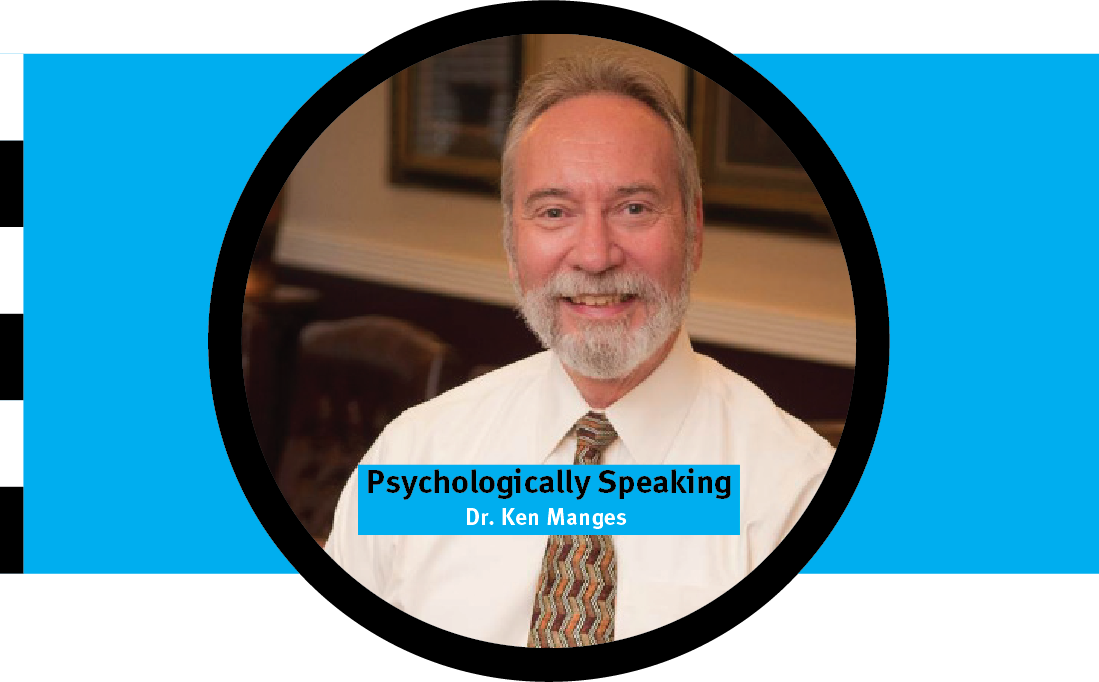As a forensic psychologist and clinician, I am routinely challenged by individuals who want to definitively know if their distractibility and hyperactivity are a sign of attention deficit disorder or something more sinister. I interview. I test. I ask hundreds of questions and I listen. A lot.
ADHD, or Attention-Deficit/Hyperactivity Disorder, is a neurodevelopmental disorder characterized by persistent patterns of inattention, impulsivity, and hyperactivity that can interfere with daily functioning and development. It affects both children and adults, with symptoms often appearing in early childhood and persisting into adulthood. While the exact cause of ADHD is not fully understood, research suggests that it is likely to involve a combination of genetic, environmental, and neurobiological factors.
Symptoms of ADHD
Inattention, hyperactivity, and impulsivity are the key traits or behaviors of interest. Inattention symptoms may include difficulty sustaining attention, making careless mistakes, and being easily distracted. Hyperactivity symptoms may manifest as fidgeting, restlessness, and difficulty engaging in quiet activities. Impulsivity symptoms may include interrupting others, difficulty waiting one’s turn when a group discussion is taking place and acting without thinking.
Impulsivity, while a key symptom of ADHD, is not the same as being impulsive. When I see someone at the criminal justice center and they have been arrested for an alleged criminal act, although they may have ADHD, it’s more likely than not, that their behavior was the product of impulsivity.
Impulsivity, the type that gets people arrested, refers to a specific pattern of behavior characterized by the person acting without forethought or consideration of the consequences.
Although a hallmark feature of ADHD in its extreme, impulsivity occurs in individuals without ADHD. The distinction is important because impulsivity in ADHD is often misunderstood or misinterpreted as intentional behavior. It frequently gets children at school, home and in social situations in a whole lot of trouble and they erroneously get branded as troublemakers.
What do an artist, physicist and Olympic gymnast have in common?
As it turns out, Pablo Picasso, the artist, Richard Feynman, the physicist and Simone Biles, the multi-award winning Olympic gymnast, each expressed that their hyperactivity, focused attention to their passion, restlessness and unconventional mind were elements to their success and, as we now know, are traits often associated with ADHD.
Is it my imagination or does it appear that there are more and more children and adults getting diagnosed with ADHD?
If your impression is the same as mine, don’t be alarmed. Yes, there has been an increase in the number of diagnosed ADHD cases in the last decade or so. Several factors seem to contribute to this trend, including increased awareness of the condition, a broadening of the changes in diagnostic criteria, and improved access to healthcare, meaning more families will identify their children and more adults will seek out care. The more we know, the more we can correctly identify what we are looking at.
A study by Visser, Danielson, Bitsko, et al., titled “Trends in the parent-report of health care provider-diagnosed and medicated attention-deficit/hyperactivity disorder: United States, 2003-2011,” agrees with us.
“Approximately 2 million more U.S. children/adolescents aged 4 to 17 years had been diagnosed with ADHD in 2011, compared to 2003. More than two-thirds of those with current ADHD were taking medication for treatment in 2011.”
What about the long-term effects?
If you acquired the condition at a very young age (and it can be identified as early as age 4) the effect can vary. The effect depends on the person, the severity of their symptoms upon recognition by teachers at school, the doctor they see for care and their parents’ reaction.
Common long-term effects can include difficulties with early academic achievement and, as the person grows older, can impact their occupational achievement, and negatively impact their social relationships. There is also a hidden danger of an increased risk of substance abuse along with other mental health issues.
Is it all bad news?
But don’t despair. With treatment and support, many individuals with ADHD are able to lead successful and fulfilling lives.
Wolraich, Hagan, Allan, et al., indicate there is a “secret sauce” approach in their 2019 publication “The Clinical Practice Guideline for Diagnosis, Evaluation, and Treatment of Attention-Deficit/Hyperactivity Disorder in Children and Adolescents.”
That secret sauce is:
1. An early diagnosis across multiple settings (home, school, play).
2. Testing, including a differential diagnosis to rule out any genetic, hormonal or emotional issues
3. Parental training
4. Medication if absolutely necessary and not otherwise contradicted by issues related to dependence, or interference with expected growth cycles along with
5. An individual educational plan which is monitored and updated as warranted.
For adults with ADHD the use of a cognitive behavioral treatment intervention plan, use of a journal, a dedication to making scheduling changes and use of assistive technology are some of the keys to a successful outcome.
Treatment is most helpful when it can help place guardrails for individuals with ADHD so they can learn coping strategies and improve their organizational and time management skills.
Is there any good news?
Indeed, persons with ADHD have a lot of positive traits as well. In their 2022 article “Creativity in the predominantly inattentive and combined presentations of ADHD in adults,” authors Oliver Girard-Joyal and Bruno Gauthier found some great results. They reported on how adults with ADHD were more flexible in their thinking styles with greater originality, were more likely to use divergent thinking (i.e., thinking outside the box as exemplified by finding new uses for an item), were more likely to note uncommon solutions to problem solving, and their spontaneity (remember the positive side of impulsiveness mentioned above) was greater than non-ADHD adults. The jury is still out as to whether ADHD adults will clearly show greater creativity under all circumstances. But persons with ADHD have a very original style to their creativity and when harnessed, can make significant contributions to our art, scientific understanding and athletic prowess (remember Pablo Picasso, Richard Feynman and Simone Biles mentioned above).
What the future holds
Diet is on everyone’s list and a topic of interest for both the family and individual with ADHD. While some studies suggest eliminating artificial additives or following a diet, more research is needed.
At the moment, prevention of ADHD is not possible, as the exact cause of the disorder is not yet known. However, early identification and intervention can help manage symptoms and improve outcomes for individuals with ADHD.
To sum up, ADHD is a complex disorder that can have a significant impact on the people and their significant others. Understanding the symptoms, causes and treatment options will definitely help manage the condition and improve the long-term outcome for those affected.
Thanks for reading the column. Please go to the AI website and post a comment.
Questions? Suggestions? Send me an email at psychology@americanisraelite.com. Be well. See you here next month.





